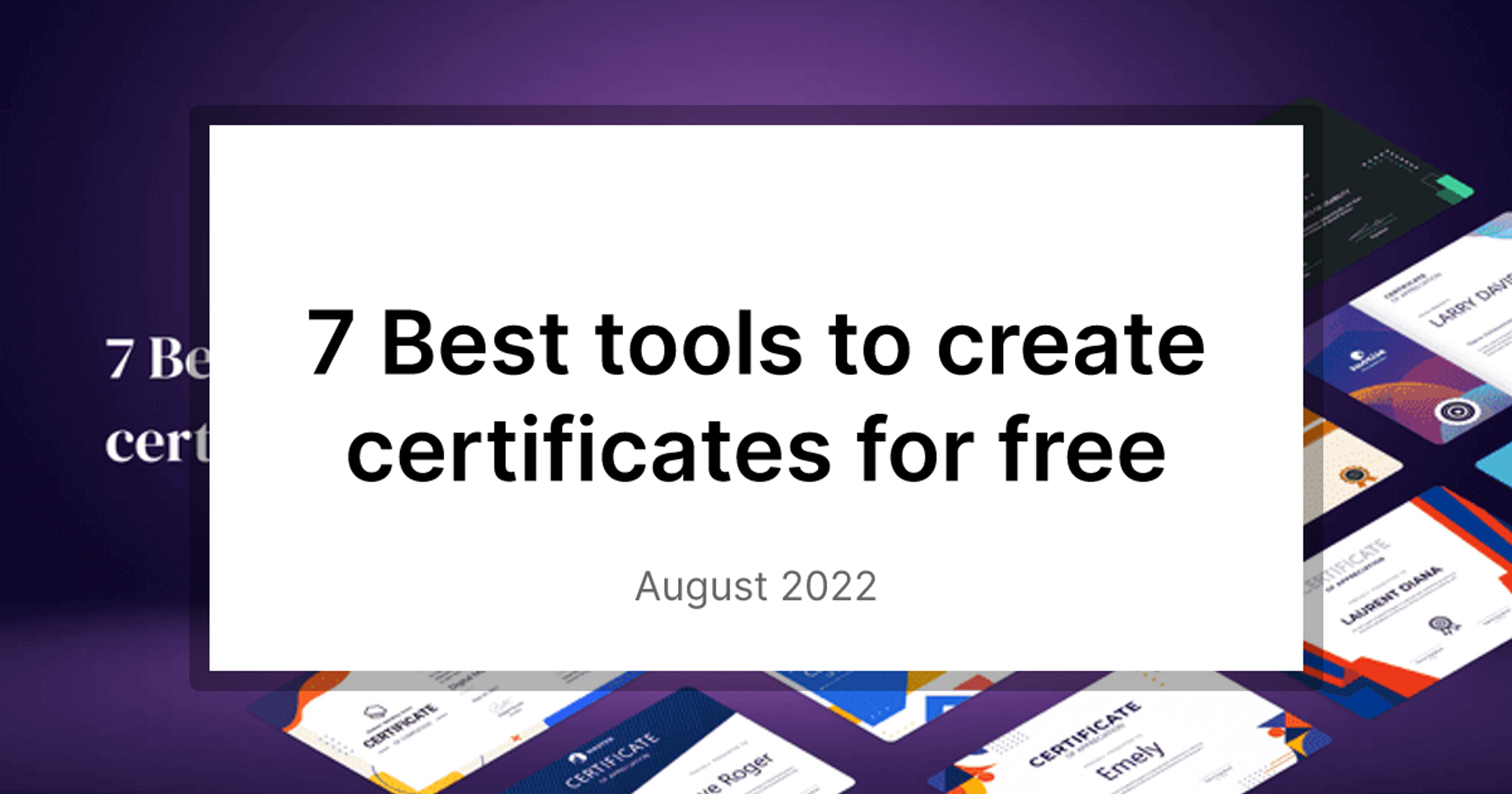Introduction
Digital spending on education is increasing rapidly all over the world. Education is one of the underserved no-good segments that can be lifted with a little help of technology and its adoption.

COVID-19 situation made drastic clear changes in the education sector. The scenario is now converting and universities are trying their best to keep up with these new changes. The education systems worldwide had to depend on technological adoptions just to keep the world moving forward as an aftermath of the ongoing pandemic. Technology adoption has increased substantially across Higher education.
Numerous trends from earlier decades that universities in higher education started have paved the way for the present ongoing education technology trends that are blooming in 2022.
Higher education leading their institutions in innovation and transformation should use this trend analysis to identify the technology trends driving the global higher education industry in 2022.
This is the list of Technologies that shaped Higher Education in 2022 :
- Conducting Online Assessments
- Using Internet of Things (IoT)
- VR / AR
- Providing lifelong verifiable Digital Credentials / Certificates
Conducting Online Assessments
With various people worldwide resigning to their fate of living indoors, many companies came forth with platforms to conduct examinations in online mode, especially in COVID. Digitization of the previous traditional mode of conducting examination offline has eventually led to online proctoring. This has been one of the major higher education trends in 2020-21, which is continuing this year i.e. in 2022 as well.
With the help of machine learning and artificial intelligence-driven algorithms, typed or even handwritten answers related to theoretical questions that are written by the students can be compared with the model answers using numerous software to make an on-point accurate analysis frequently to make sure that students are being kept updated about their improvement.

Using Internet of Things (IoT)
The Internet of Things (IoT) is the latest technological paradigm that slowly is in use by the education sector by connecting various objects around us through software, electronics, etc. They are targeted at exchanging and compiling any type of information and do not require human interaction. In the education industry, it is being used to receive different information.
A school that uses IoT is called a “smart school”. They opt for a satisfactory level of personalized learning through smart devices that use Wi-Fi networks on campus for receiving and sending instructions.

Virtual Reality (VR) / Augmented Reality (AR)
VR Labs allows students & faculty to conduct advanced science experiments in virtual reality science labs, right from your desktop. Instead of just reading a book about something, VR Labs for higher education allow students to interact with objects and really understand the science behind them. Schools/Universities can attain augmented reality benefits in education by conducting immersive lessons, and even studies now suggest that AR and VR can improve engagement of students with the subject material and potentially increase test scores by allowing them to learn in their preferred method.
Students can gain knowledge about experiments that are either too complex to be allowed in a regular lab, expensive, or contradictorily dangerous for the classroom.

Providing lifelong verifiable Digital Credentials / Certificates

Higher Education Degree Certificates / Credentials are a way for social mobility. Digital credentials are flowing in popularity. There are a number of reasons behind this explosive surging in popularity. In the short term, the global pandemic has extensively forced people to look at enterprise computing in a profoundly new way. An overwhelming shift to remote work requires organizations to trust digitally and across geographic boundaries. Many have even turned to well-proven digital certificates to accomplish this to authenticate the identities of users and devices, to tamper proof data, and to create legally-valid e-signatures.
There are numerous advantages that digital credentials brings to the table compared to trivial certificates which can be listed as:
Accessibility
A digital degree certificate / credential contains the same information as a degree certificate in paper format. You receive your degree certificate by e-mail and can send it to other students and other higher education institutions digitally. The QR Code on digital certificates confirms that it is a genuine document.
If a student wants to access a physical certificate, he must need to carry a copy of it every time where as digital credential can always be accessed from anywhere and anytime using Internet and is more secure, which increases it’s accessibility.
Understandably, this goes hand-in-hand with the new format résumé trend, as both can be paired to benefit the student and the institution.
Verifiability:
Genuine degrees are embossed and have a gold seal and if you bring the certificate against a bright light, there should be a hologram watermark visible. The signature should also not be printed, as genuine certificates have signatures which are written in ink and they do not contain any spelling mistakes, but those practices are trivial, expensive and non-productive.
There have been many digital credential platforms that provide way more security and verifiability to certificates at minimal costs and in the most advanced technological way. Certopus has the most robust & advanced verification process developed using bank level secure cryptographic algorithm HMAC-SHA256 and industry leading standard Inter Planetary File System (IPFS) to make your certificates highly secure and tamper resistant.
Marketing benefit:
As soon as students obtain their credentials / certificates for a course, they feel inspired and are highly inclined to post them on social media or add them to their LinkedIn profiles. And they unwittingly promote your university's name through the same. Additionally, it serves as social proof that your online programs are worthwhile in addition to promotion.
How is that?
- Your students can very conveniently include the issued badge in their online CV: a small formatted digital credential that includes the institution logo, grade, course, and the learned skills.
- This avoids paper copies, validation and scanning. The document is a PDF/A and contains a verifiable unique QR Code.
- Can also be integrated with computerized information systems and that can be easily maintained securely in the long term.
- The move has been well received by recipients who want to have better accessibility of their certificates, in addition to shareability and portability benefits.
- In this way, handling becomes faster, smoother and safer for students, PhD students and administrators.
For institutions:
- Not only will this build a stronger University authority amongst the community, along with that, it will also escalate the visibility of your university in the digital world.
- To combat fraud, some educational institutions are considering or have started to offer digital certificates alongside their traditional academic achievement certificates.
- For institutions to thrive in the current challenging and changing environment, it is necessary to become more innovative while improving their education technology with the use of digital certificates.
So, supporting education with digital certificates provides many advantages to both organizations and digital certificate holders i.e. students, in this case.
Certopus is a SaaS platform for certificate management, you can design, generate, deliver, and verify smart certificates in bulk. Also it is a dedicated Certificate Management tool with a great support which will give you a good experience while issuing certificates. Certopus has a priority of bringing a smile on your as well as students face.
Help your students recognize their worth and remember their accomplishments and lessons learned, by making their certificates accessible and verifiable.
Conclusion
Higher education institutions can gain high-value propositions by adapting quickly to the new trends in technology. This will not just benefit the institutions gain brand value and recognition but also make sure that students have a better learning experience.
Thus, the year 2022, which still is quite unpredictable, is most likely to witness a surge in the number of institutions that will use the above mentioned technology and many other utilities in the education industry.
This will also help them reach levels of hybrid patterns of education in an attempt to attract a higher number of students who want to keep up with the current pace of evolving innovative technology.
Authenticating documents like digital certificates used to be a manual, long and time-consuming process. But when the necessary technology and software is available, numerous stakeholders can benefit from a world where document management is simple and secure. Switch to Certopus for designing, generating, delivering, and verifying smart certificates in bulk.
Frequently Asked Questions ( FAQ )
What are current trends in higher education technology?
Virtual reality labs, big data for performance tracking, conducting online assessments, podcasting, and Internet of Things (IoT) and the current trends in higher education.
Why is technology important in education?
The education systems worldwide had to depend on newest and latest technological adoptions in order to keep the world moving forward as an aftermath of the 2021 pandemic.
How does technology affect higher education?
Various trends from preceding decades that universities in higher education started, have made the way for the current education technology trends that are instantly blooming in 2022.
Do you want to find out more?
Book a demo to learn more about Certopus for business, or if you have any questions, please contact us. We would be delighted to assist you. Finally, if you're on social media, follow us to remain informed about our latest developments and to learn more about digital certificates.
Recommended Articles:



